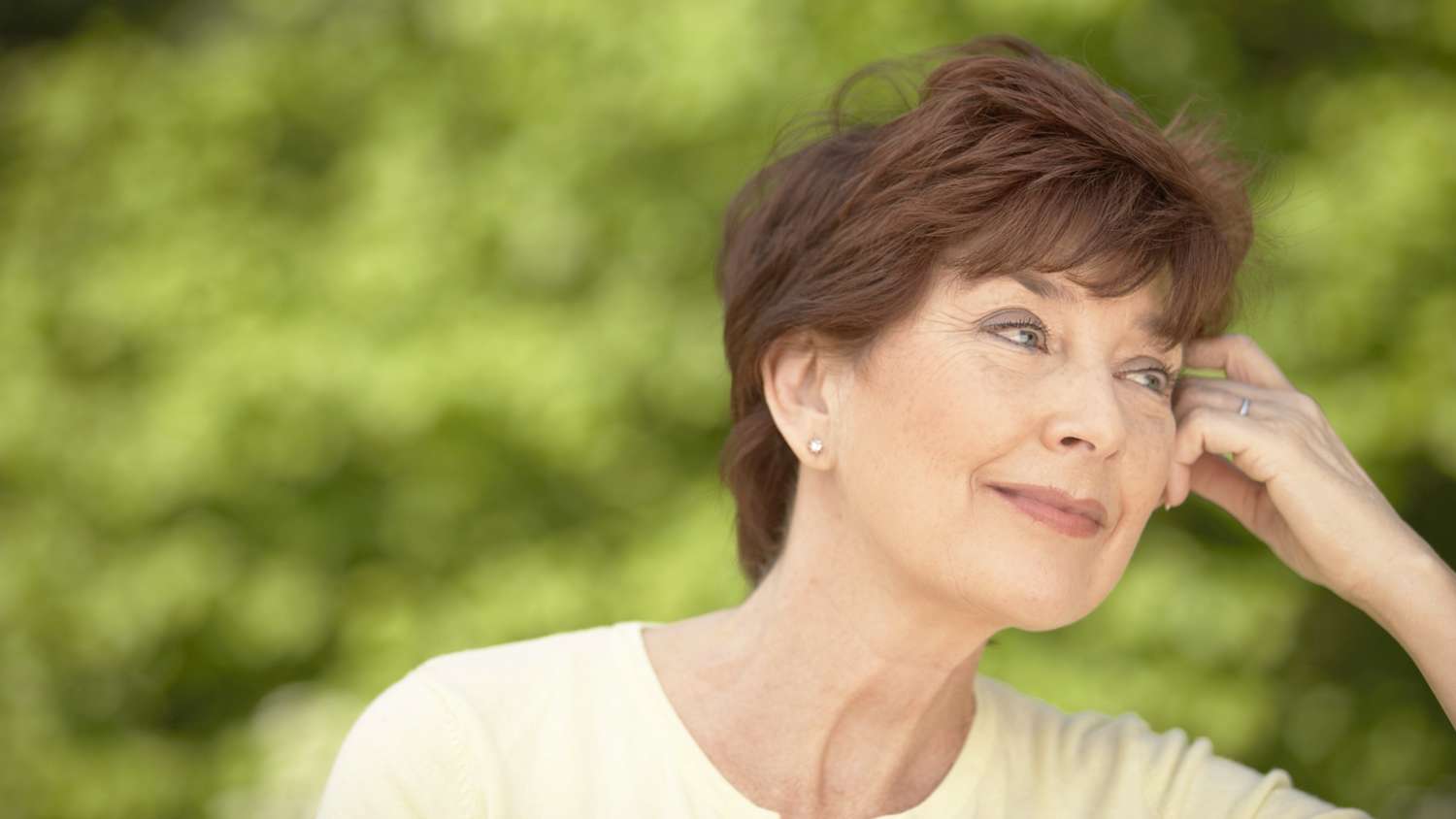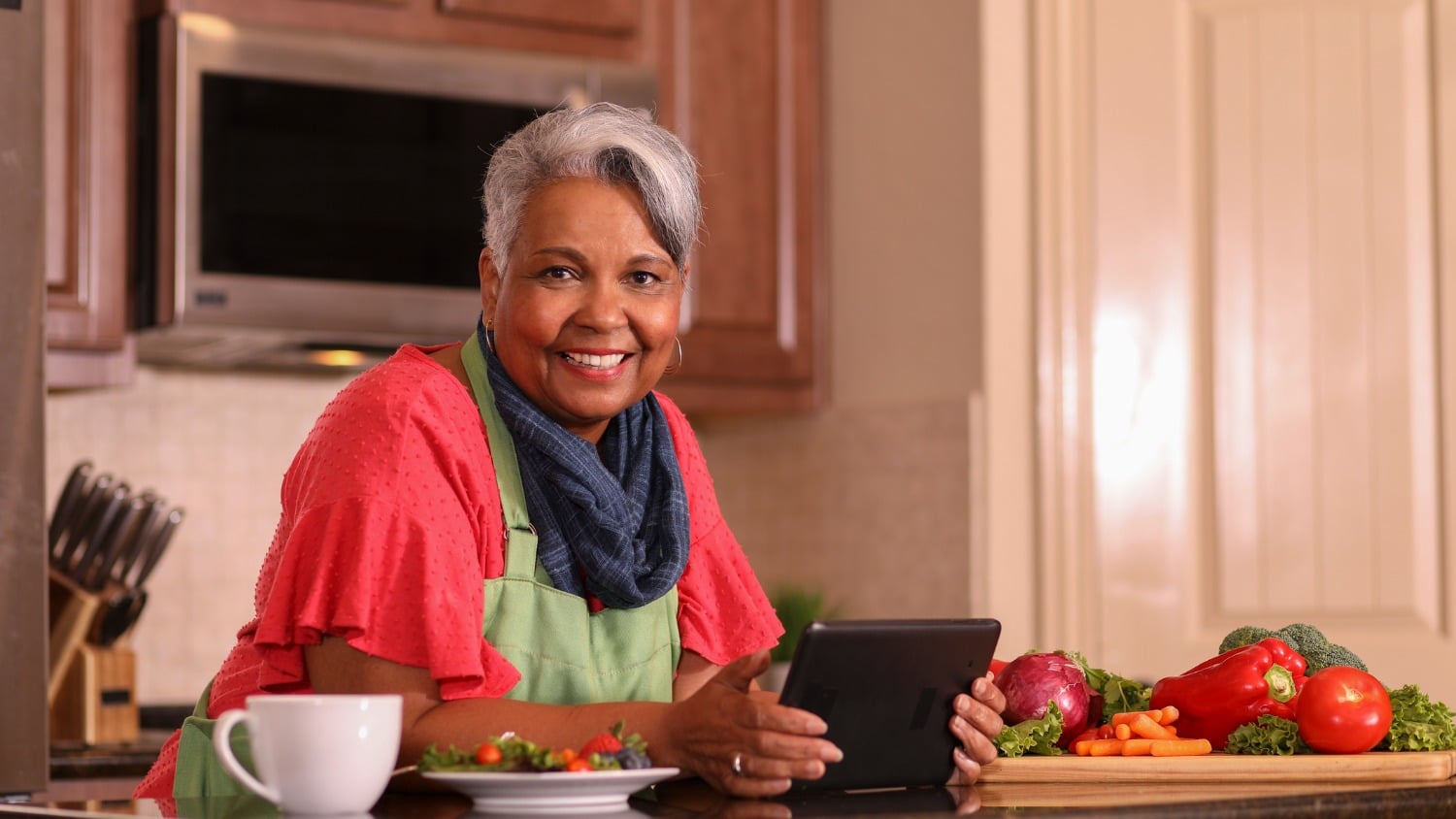
Bent Not Broken – How I Cope with Scoliosis
I was 14 when my parents and I sat in my pediatrician’s office and heard the news: I had scoliosis, an abnormal curvature of the spine, most often diagnosed in teenaged girls. Called idiopathic, this type of scoliosis has unknown origins and persists throughout life.
Older Women Develop Scoliosis Too
Another type, called degenerative scoliosis, usually starts after age 50 as the spine wears out due to aging. Sometimes called adult-onset scoliosis, it shows up as neck or leg pain, tingling or numbness when you walk. Some people also develop a spinal curve along with another condition like cerebral palsy.
What Can You Do?
Treatment for adults might include physical therapy to strengthen and stabilize the spine, and anti-inflammatory medications or epidural injections to relieve pain.
In children or teenagers, some patients wear a corrective brace or even undergo surgery. In my case, I had a 45-degree curve, which is severe, but I’m glad my parents decided on the “wait and watch” approach. I went for yearly exams but never wore a brace or had surgery.
My Personal Plan
In fact, I never had pain from it until I reached my 50s. I mostly ignore it. When I can’t, I use hot compresses, capsaicin rubs and most importantly, yoga. If I miss my daily asanas, I start to feel twinges in my side. My favorite approach is following Elise Browning Miller’s Yoga for Scoliosis.
A New Approach
In my 60s, I began to experience “postural collapse” – a feeling I was tipping over to my left, shorter side. I learned of a ‘boot camp’ reporting good results and decided to give it a try. I spent a week at a chiropractic clinic doing specialized exercises.
I also learned to wear a ScoliSmart Activity Suit for up to three hours each day, when I walk, to retrain my brain to adjust my posture as I move about or take a walk in the park. There are other methods I haven’t tried, but there are more out there than there were when I was a girl afraid of surgery.
Our Self-Image Can Change with Age
As a girl, my mother sewed most of my clothes, and I was lucky to have them expertly fitted to ‘hide’ my curve. As a grown woman, I learned to buy loose – not to say baggy – clothing, but over time it mattered less to me what others thought.
Yes, I have scoliosis, but also yes, I can wear fitted tops. What’s most important is my comfort and self-image. If we feel we look good and are not putting up with pain to do so, it’s all good.
I wrote my memoir, Off Kilter, in part to describe how my spinal curve affected my life, but mostly as metaphor for the twists, turns and adjustments of the process of being a woman in today’s world. Like most things, there are good and bad points about being a “curvy girl.” It’s all a matter of coping with what we have.
Disclaimer: This article is not intended to provide medical advice. Please consult with your doctor to get specific medical advice for your situation.
What about you? Do you have scoliosis or some other physical “defect?” How has it affected your life? What do you do to cope?
Tags Medical Conditions






